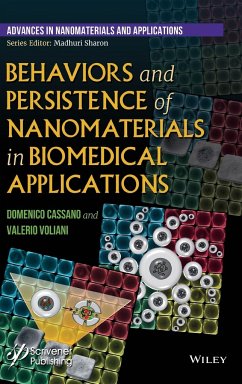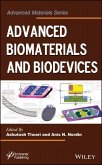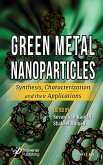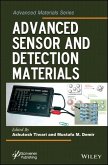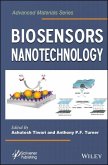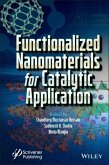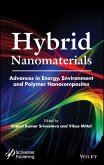In the last two decades, several promising engineered nanomaterials that combine therapeutic features and imaging functionalities have been presented, but very few have arrived on the market.
The purpose of this book is to collect and comprehensively discuss the advances in this current and exciting topic in order to promote and enhance its growth. In the first part, a general introduction about the main features of both organic and inorganic nanomaterials is provided. Then, the most promising and innovative applications for cancer treatment and diagnostic are introduced.
In the second part, an analysis of the nanomaterials in the market for healthcare applications is presented. The issue of unwanted accumulation of metals in organisms after the designed action is then discussed. Finally, the most recent progresses in the design of nanomaterials that are able to escape from organisms after the selected action are comprehensively described, and the perspectives of this exciting field provided.
The purpose of this book is to collect and comprehensively discuss the advances in this current and exciting topic in order to promote and enhance its growth. In the first part, a general introduction about the main features of both organic and inorganic nanomaterials is provided. Then, the most promising and innovative applications for cancer treatment and diagnostic are introduced.
In the second part, an analysis of the nanomaterials in the market for healthcare applications is presented. The issue of unwanted accumulation of metals in organisms after the designed action is then discussed. Finally, the most recent progresses in the design of nanomaterials that are able to escape from organisms after the selected action are comprehensively described, and the perspectives of this exciting field provided.

